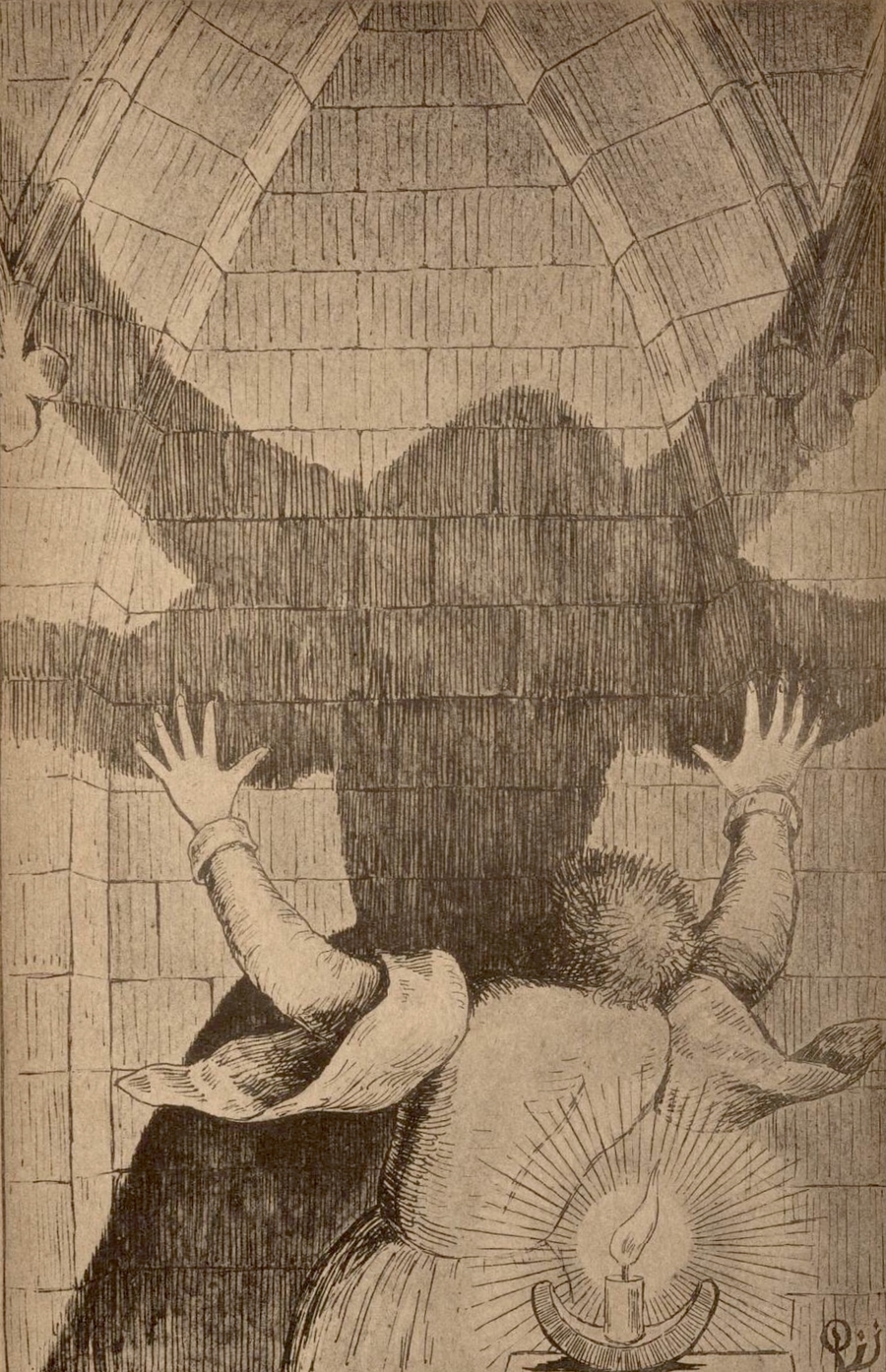
A sorcerer casting a shadow of The Devil by candle light. From “Le serpent de la Genèse” (The Serpent of Genesis) Volume 1, by Stanislas de Guaita, 1920. Source: Embassy of the Free Mind



A sorcerer casting a shadow of The Devil by candle light. From “Le serpent de la Genèse” (The Serpent of Genesis) Volume 1, by Stanislas de Guaita, 1920. Source: Embassy of the Free Mind

A Hand of Glory is a severed, pickled hand of a hanged evildoer, either the left hand or the hand that did the evil dead. When combined with a candle made from the evildoer’s fat, it has the power to unlock doors and freeze people in place. The candle’s flame can only be put out with milk, and only shows to its holder. Photo of a Hand of Glory on display at Whitby Museum by Badobadop
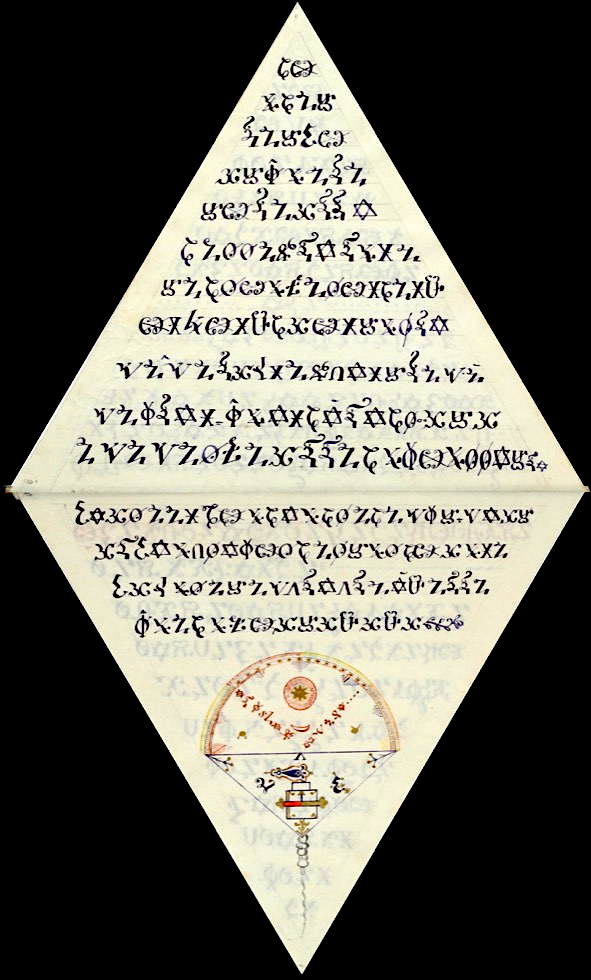
The Triangular Book of St. Germain Is a French manuscript written in code. When deciphered, it gives instructions on how to use magic to locate treasure and prolong your life, which requires a special amulet. The shape is thought to ensure the spirits called will be honest and dutiful. From Manly P. Hall’s collection of Alchemical Manuscripts, Box 34 MS. 209, 1750.
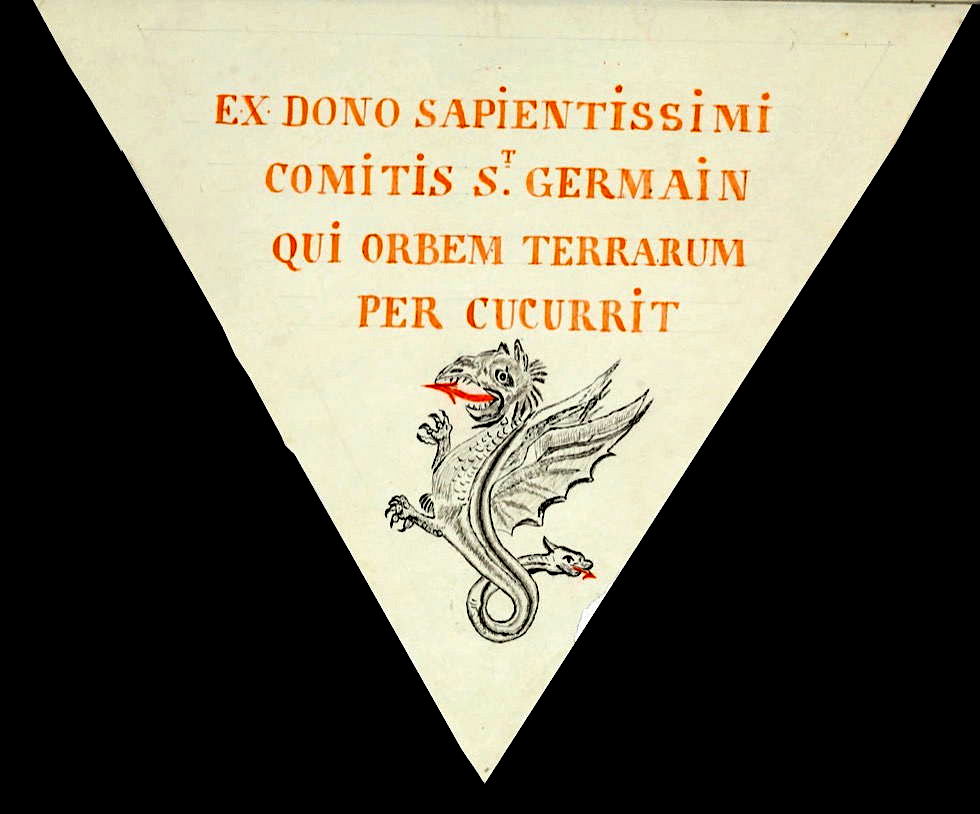
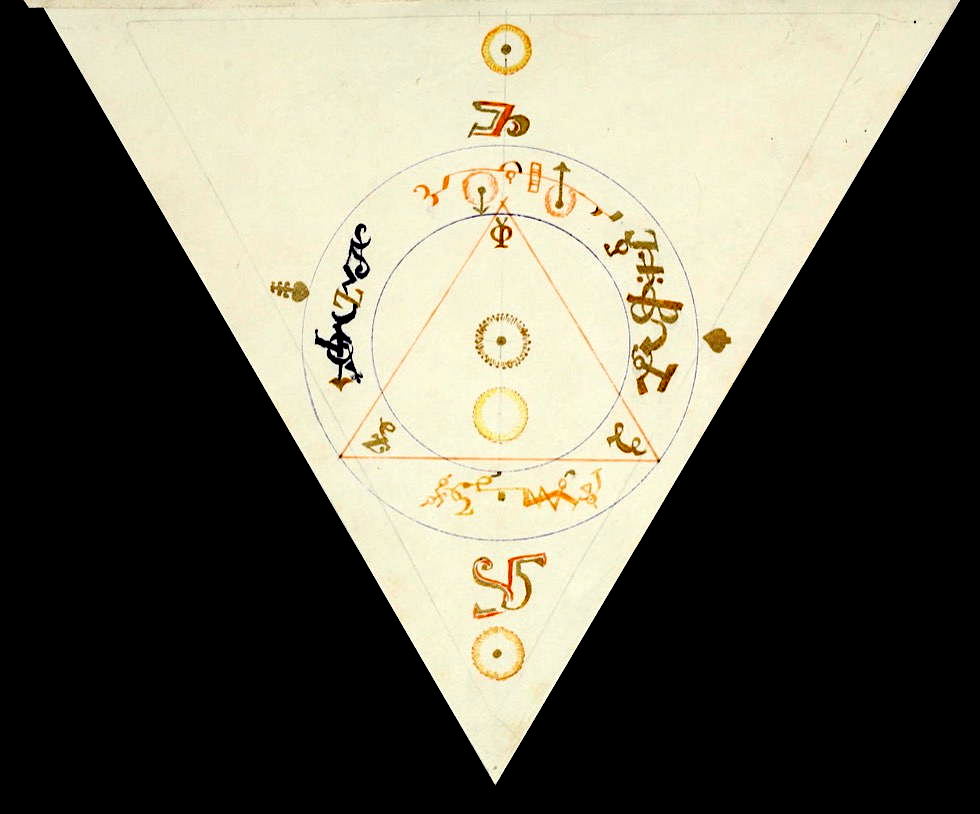
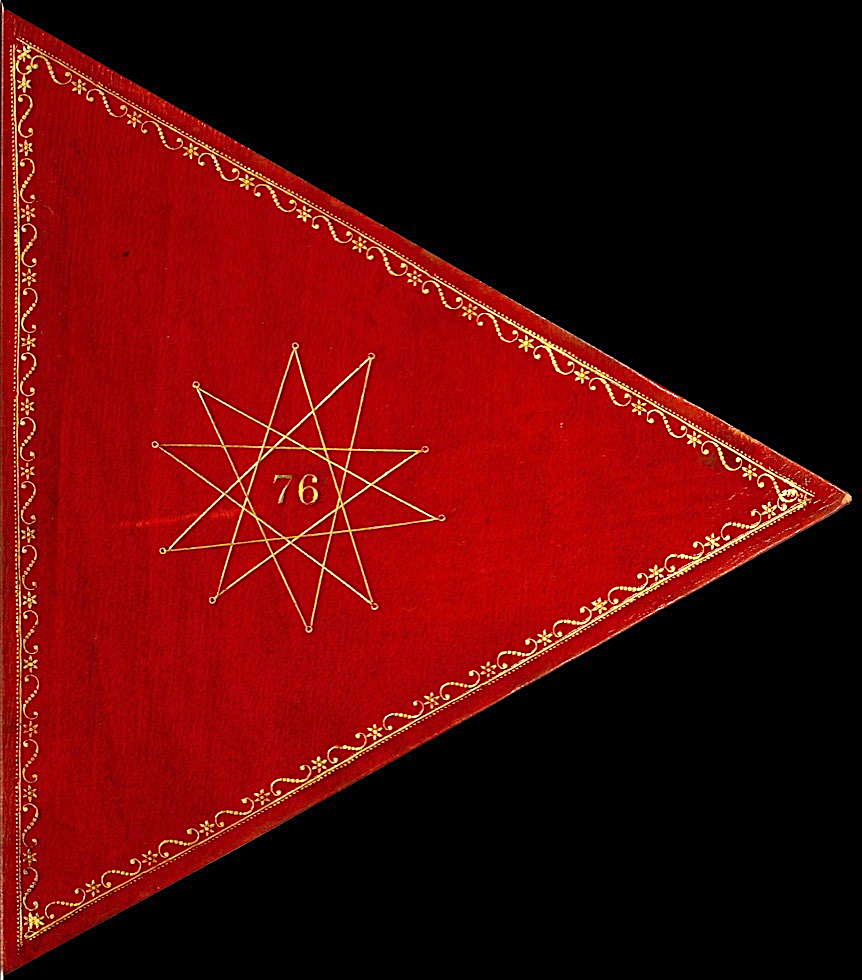

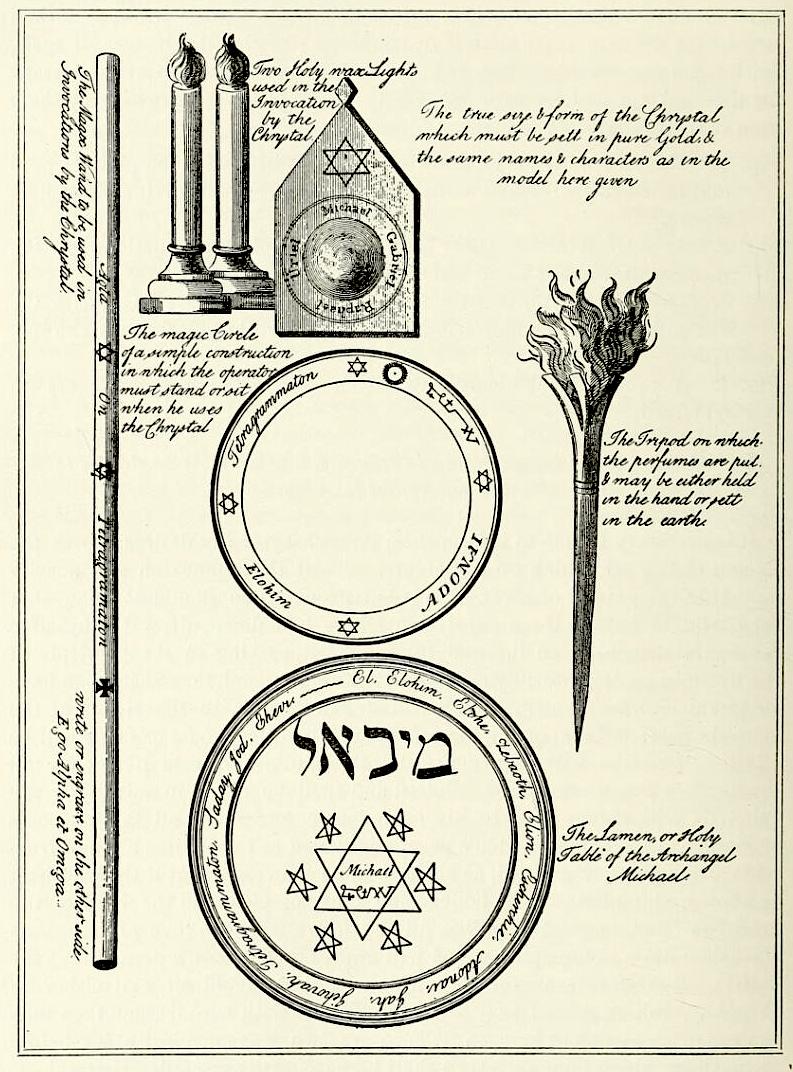
Diagram of magickal instruments described in Trithemius’ Book of Secrets: a magic circle, crystal, the Holy Table of Arch Angel Michael, incense/herb burner, magic wand, and candles. From The Book of the Magi, Francis Barrett, 1896. Source: Wellcome Library
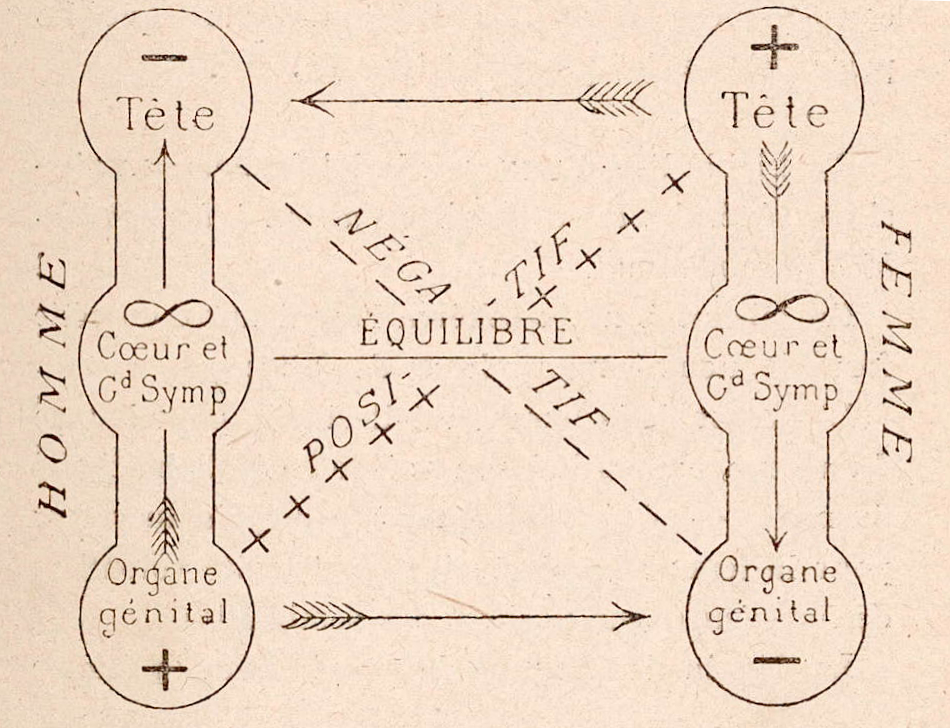
Charts representing the relationship between masculine and feminine qualities within individuals, and as essential principles. From “Le serpent de la Genèse” (The Serpent of Genesis) Volume 2, by Stanislas de Guaita, 1920. Source: Embassy of the Free Mind

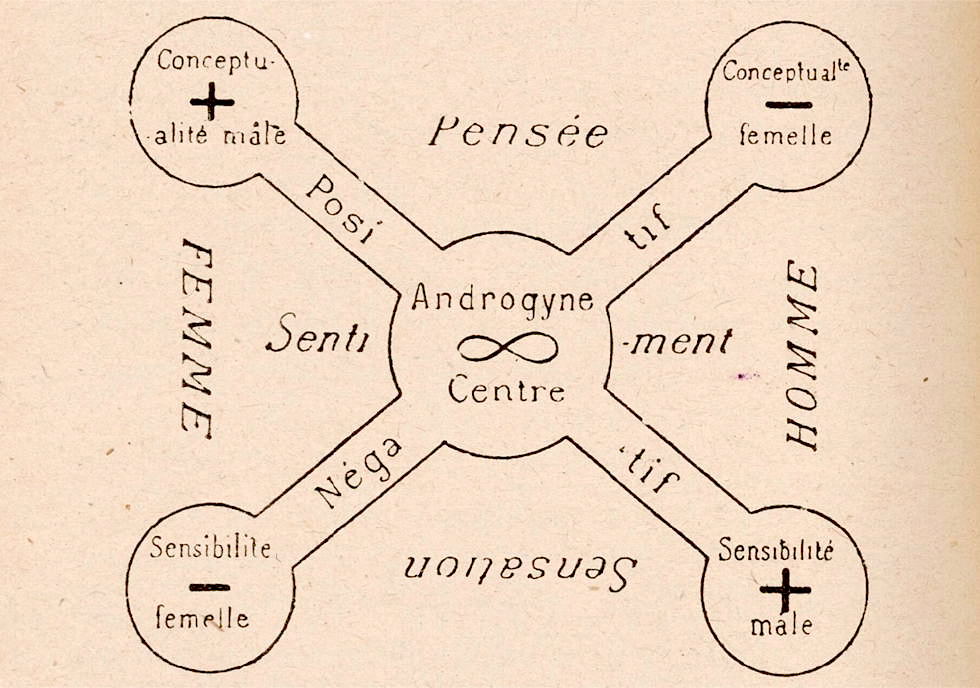

Abracadabra isn’t just something hokey magicians say at kid’s birthday parties. It’s a genuine incantation to ward off malaria and other ailments, and was used in protection talismans. The origins of the word are theorized to be Hebrew or the magic word abraxas.

The mandrake is a mythologized plant with a root that looks like a human figure. The root is poisonous and hallucinogenic, it was once a common anesthetic and potion ingredient. Legends say mandrakes scream and cry when uprooted—killing anyone who hears. So use safe harvesting methods! Image: Ernte eines Alrauns (Medicina antiqua), 1250
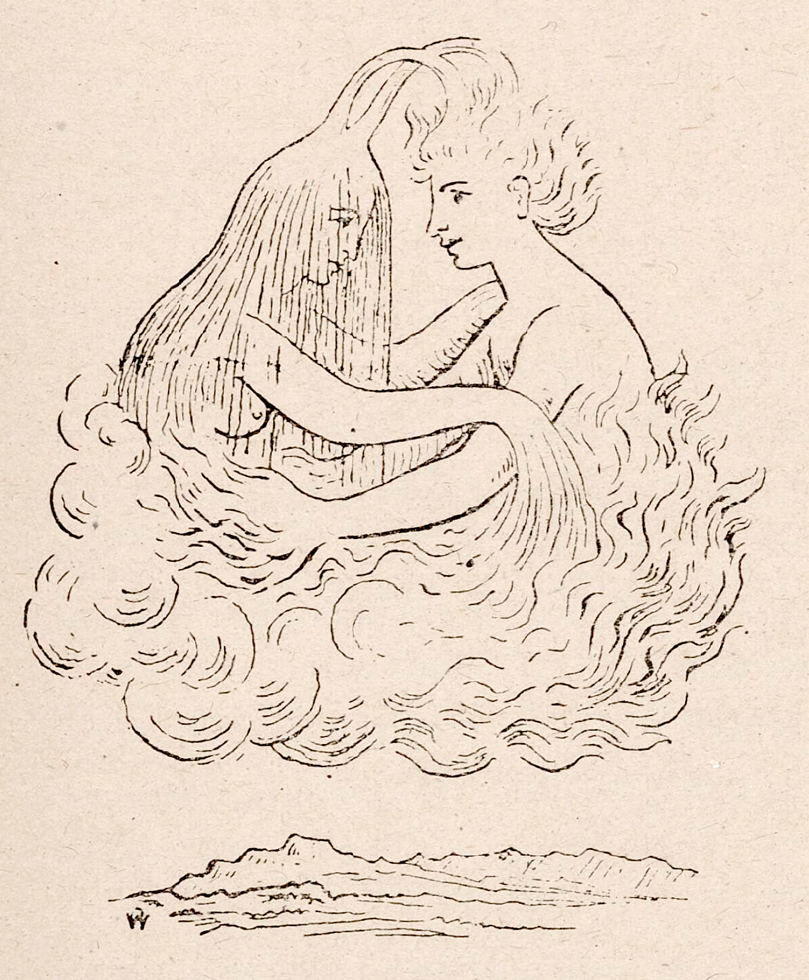
Drawing representing balance between masculine and feminine in a chapter about equilibrium from “Le serpent de la Genèse” (The Serpent of Genesis) Volume 2, by Stanislas de Guaita, 1920. Source: Embassy of the Free Mind
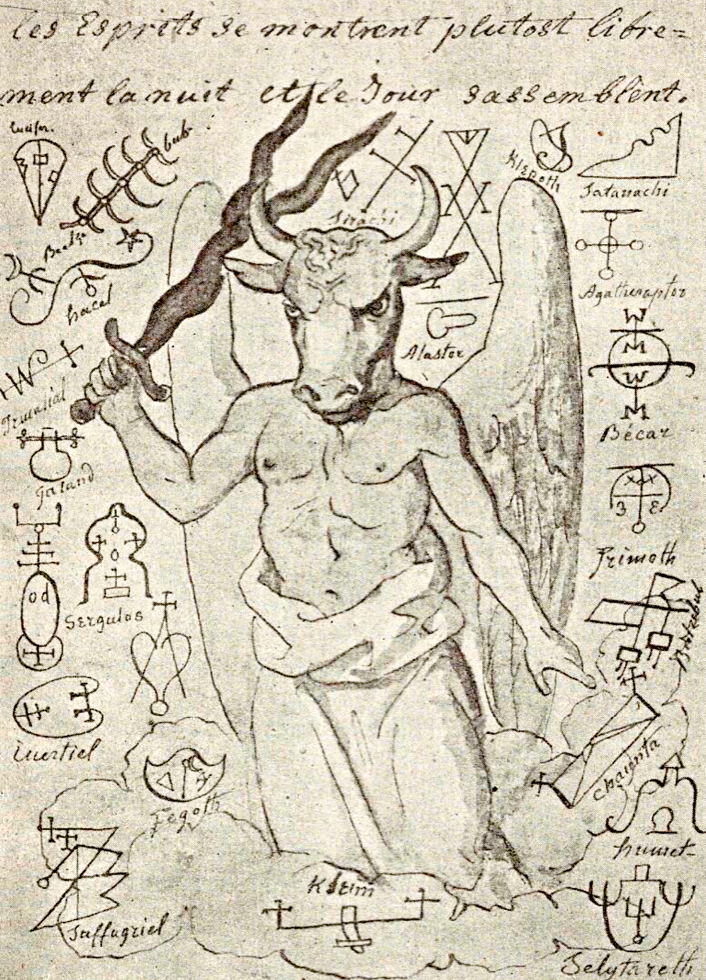
Depiction of The Devil (almost certainly) surrounded by demon names and corresponding sigils from “Le serpent de la Genèse” (The Serpent of Genesis) Volume 2, by Stanislas de Guaita, 1920. Source: Embassy of the Free Mind
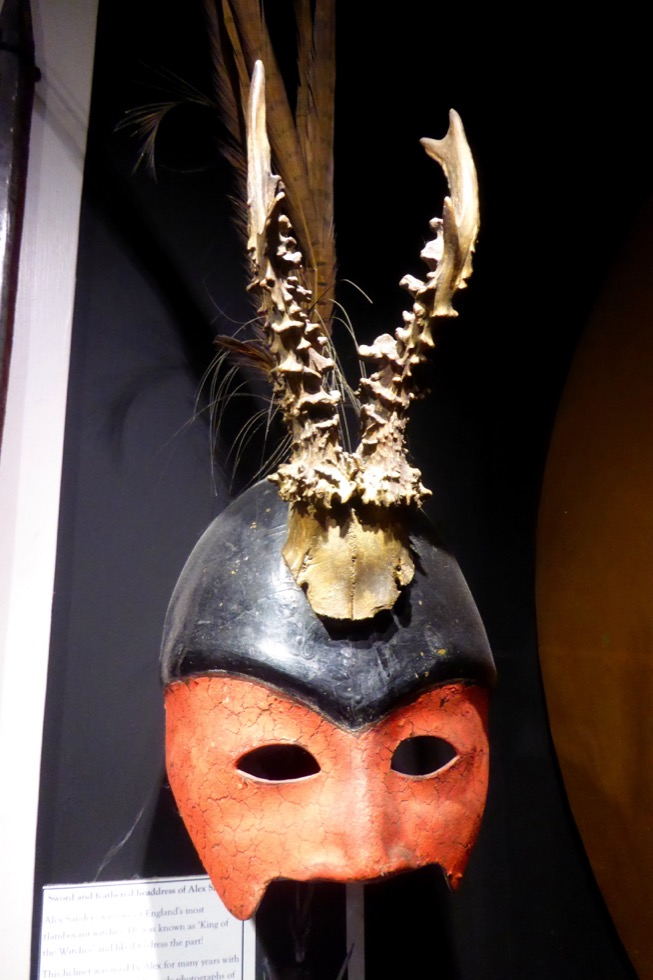
This Ritual Mask, currently housed in Museum of Witchcraft and Magic in Cornwall, belonged to Alex Sanders, also known as Verbius, who was an English occultist and High Priest in the Pagan religion of Wicca.
During his black magic period, he got a job at the John Rylands Library in Manchester. An accusation that he defecated in the library basement led to the discovery that stole pages from a 19th century edition of the S.L Mathers translation of the ‘Key of Solomon’. Image: Ethan Doyle White CC-BY-SA